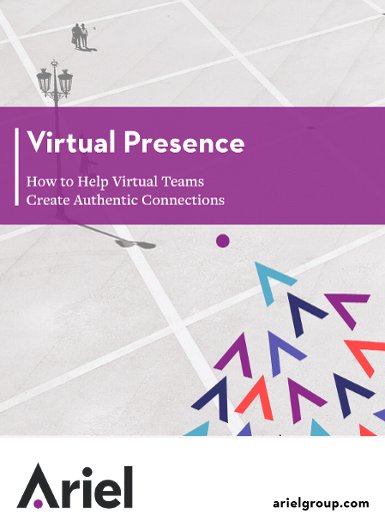9 Tips for Successful Social Media Writing

“We need to increase our social media presence. We need to get out there more.”
Right. What could possibly go wrong?
Even cursory reading of the business pages reveals numerous cringe-worthy answers to that question. For example, Delta Airlines tweeted about the USA’s 2014 victory over Ghana in a World Cup championship match by posting the score (2 to 1) superimposed on images: the “2” over the Statue of Liberty, and the “1” over a giraffe.
There are no giraffes in Ghana.
 Scrambling to make all things right when they learned this factoid, Delta compounded the problem by referring to their “precious” tweet rather than their “previous” tweet.
Scrambling to make all things right when they learned this factoid, Delta compounded the problem by referring to their “precious” tweet rather than their “previous” tweet.
Even if your worst faux pas is milder than the giraffe gaffe, you could avoid learning the hard way about unsuccessful social media writing. Try these tips, which many companies have learned the hard way.
1. Know your audience and test your assumptions
Ask and learn first, then begin the campaign. I once heard a corporate head of diversity, an African American man, describe an unsuccessful campaign from his own firm: it targeted African American customers and asked them to call their grandmothers for their lasagna recipes. He reported that most of the grandmothers responded with, “My what?” Perhaps that idea would have worked better if they had used it for a different audience, or if they’d spoken first with their own head of the diversity program. Learn all you can about the audience, and test your assumptions.
2. Be brief
Craft your message until it’s one sparkling, clear, convincing sentence. Once you’ve written that sentence, stop for a moment. Do you need anything else? If you add content, add in a way that keeps your sparkling key message front and center.
3. Use catchy titles and subtitles to capture attention
Would you read a social media message from your own organization titled “Update from OurFirm, Inc.”? No, you would not. Would you read one with the title “Game-changer product now available from OurFirm”? That’s more likely. Ten seconds of unleashing your imagination on the titles and subtitles can make or break a social media message.
4. Frame your post in a positive light
Social media works best when you’re creating buzz. Using it to complain makes the company look out of touch. Use other avenues to release bad news.
5. Encourage emotive responses
Communication through social media is all about emotion. Use emotion in your writing and encourage emotion in your readers. They will be more likely to share.
6. Take advantage of peak posting times for your chosen medium
Various social media formats have different peak hours for posting content. Research the one you plan to use. Baffled because your target audience spans the country? Perhaps it will help to know that 80% of the US population lives in the Eastern and Central time zones, for example.
7. Tell a great story—and encourage your audience to tell theirs
Great stories can be short ones, especially when images or videos illustrate and help tell the story. If you tell a good story, you’ll encourage your readers to share theirs. Conversation is a major goal of social media communications. What did you like best in this blog? I bet it was the stories of the giraffe and the lasagna.
8. Support your message with visuals
Make your content memorable in a competition-rich environment so dense with images that they pass through us like radio waves. Icons, photos, videos, infographics—all will make your content stickier.
9. Keep your tone conversational
It’s hard to launch a conversation with a lecture. So write the way you think a friendly, interesting person sounds in conversation.
Okay, that’s not much to remember, is it? (The previous sentence illustrates a friendly tone.)
Yes, it is. Yet all of these tips will come naturally to you if you begin by learning reader-centered business writing. Learning to keep your social media posts reader-centered will mean that you’ll know what you need to know. There are no giraffes in Ghana.
